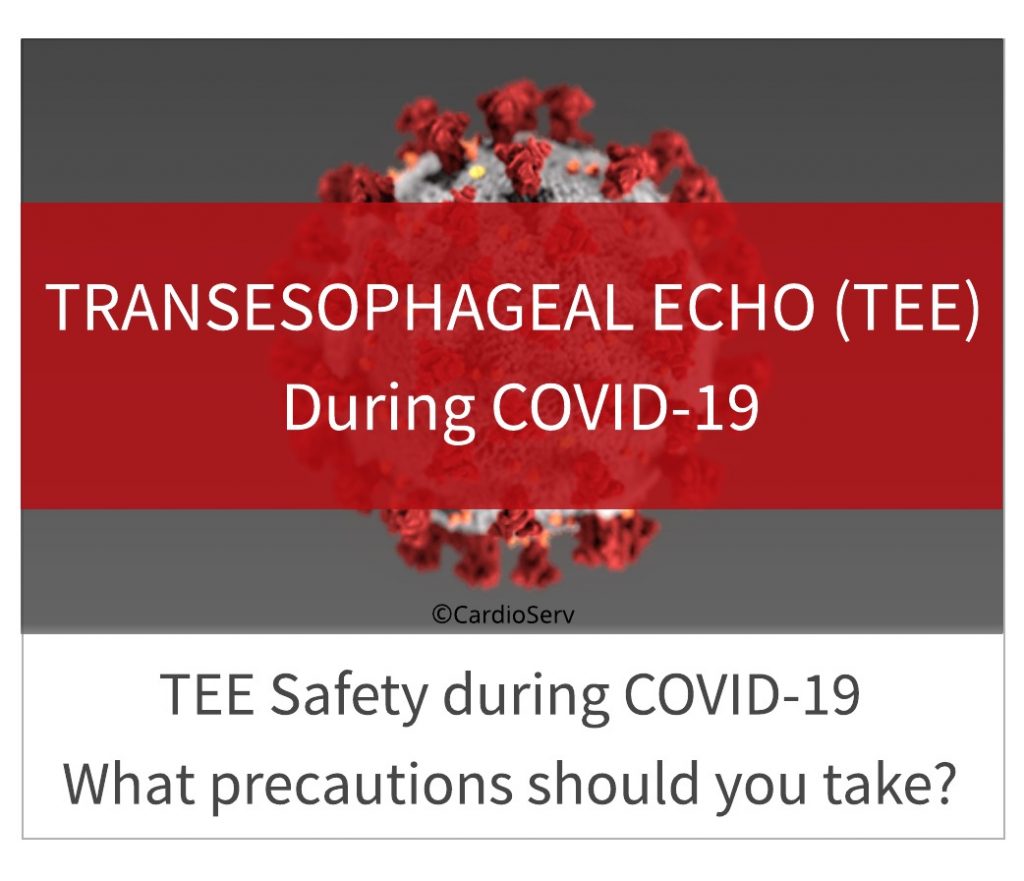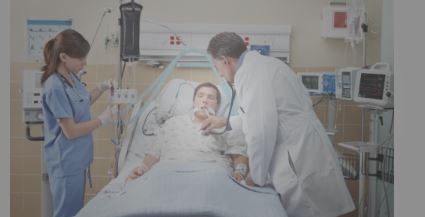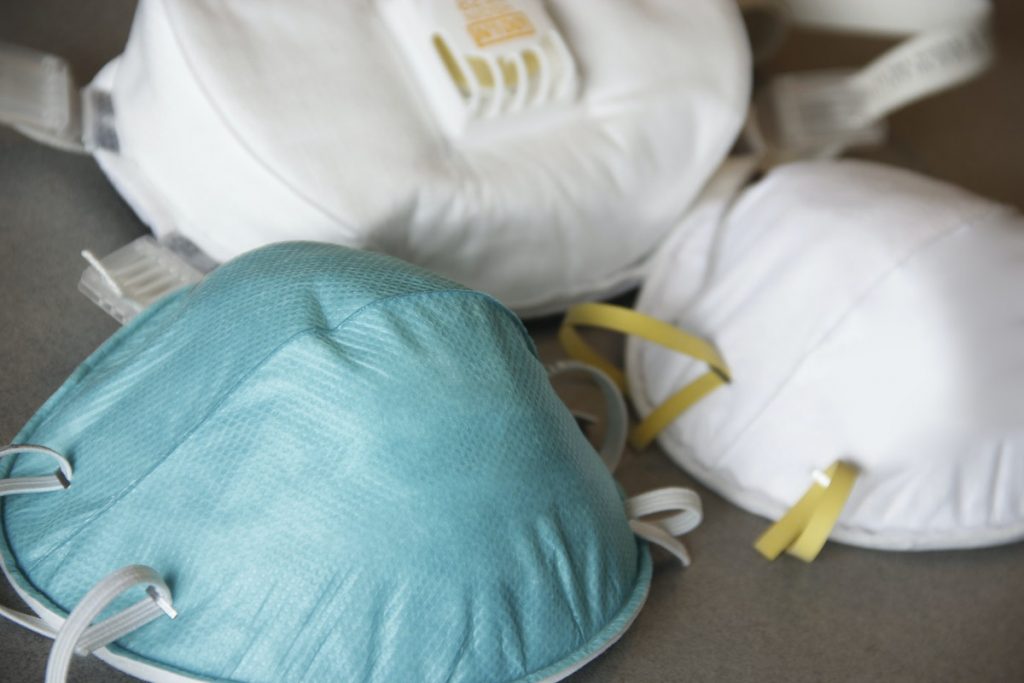Last week we discussed sonographer safety during the coronavirus COVID-19 pandemic. Today, we would like to review TEE safety during COVID-19.

TEE’s are high-risk procedures and present the possibility of airborne transmission. There has been some debate as to whether or not TEEs are considered Aerosol Generating Procedures (AGP). Although there is no specific evidence that TEE is an aerosol-generating procedure (AGP), it is possible that fine particles (aerosols) can be released into the room during a TEE. Therefore, the recommendation is to treat TEEs as an aerosol-generating procedure in COVID-19 suspected or known positive patients.
Non-intubated patients are at a higher risk of transmitting COVID-19 during a TEE procedure than intubated patients. Reasons include the “possible direct droplet transmission and/or viral aerosolization and inhalation during insertion/removal of the probe and/or coughing” ASE, 2020).

Although there is less risk of transmission in an intubated patient, the risk still exists.
What steps can we take to ensure safety during a TEE procedure? The American Society of Echocardiography has issued recommendations and additional resources on their website. Let’s review these recommendations.
The ASE recommends that all TEEs should be postponed or canceled if the results are unlikely to change the clinical care of the patient. Avoid and/or use alternative imaging whenever possible.
Non-intubated patients, in particular, should be avoided. Perform TEEs in intubated patients in perioperative situations that despite the risk, warrant the test. (Review our blog on Perioperative TEE guidelines)
Performing TEEs in suspected or confirmed COVID-19 patients warrants the use of airborne precautions, irrespective of the intubation status of the patient (ASE, 2020). That being said, unfortunately, access to PPE may depend on institutional policies and available resources. We will review the amended CDC guidelines to address PPE shortage in a future blog.
The ASE guideline states that non-COVID patients require droplet precautions. The main difference between droplet v. airborne PPE is the mask. The CDC requires only a surgical mask, not an N-95 mask, with droplet precautions. Yet, some healthcare professionals are concerned about viral shedding by asymptomatic patients that are unaware of their COVID-19 status. (“Viral shedding may antedate symptoms by 1-2 days” John Hopkins Medicine.) This raises the question of when it is safe to assume a patient has a ‘non-COVID’ status.
Undoubtedly, the collective goal of all healthcare providers is to ensure the safety of patients and staff. We all must work together to balance the availability of PPE with best practices. This emphasizes the importance of avoiding unnecessary testing and postponing non-urgent testing to conserve PPE for high-risk procedures. The more we limit all unnecessary testing, the more PPE equipment we free up.

The CDC guidelines when performing an aerosol-generating procedure (AGP) include:
Droplet Precautions: Surgical mask
TTEs are considered a high-risk procedure for the transmission of COVID-19. There is a higher risk in non-intubated patients versus intubated. Therefore, it is important to avoid TEE testing when possible. When performing a perioperative TEE, consider the risk/benefits.
Articles you may find useful:
References:




Apr
2020